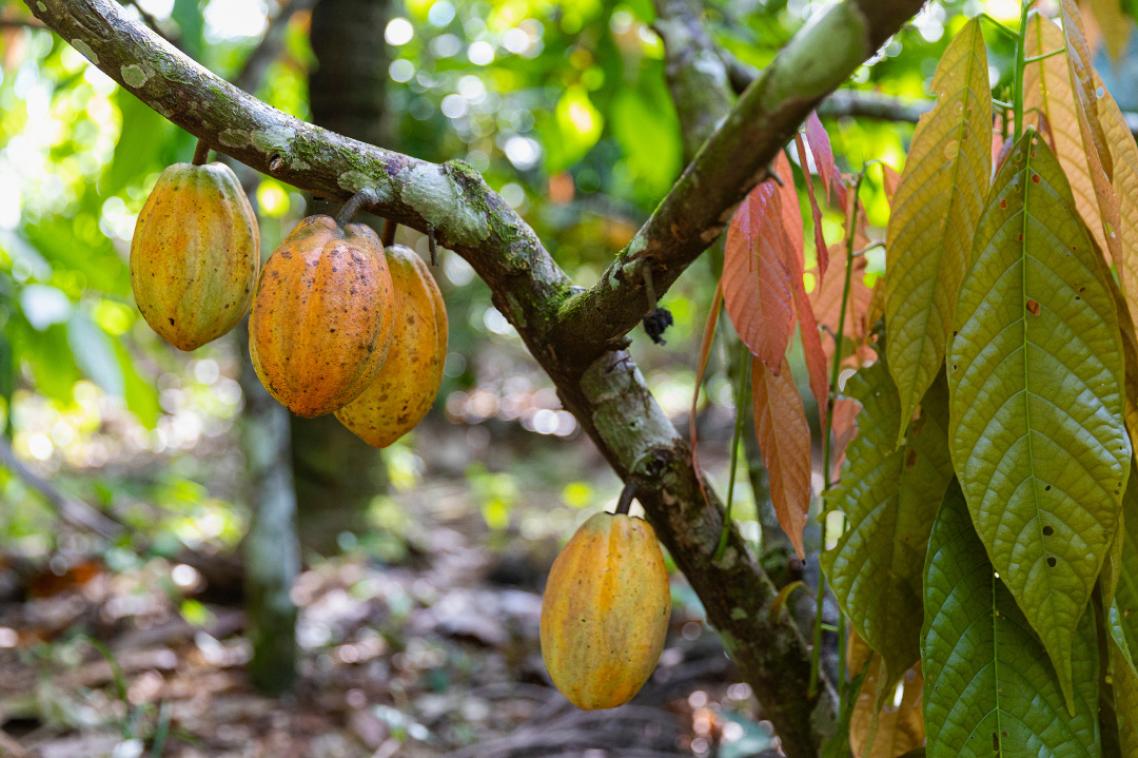Tiger poo shoos pests
Tiger poo extract is being trialled as fertiliser-like repellent that keeps feral animals off farms and government land.
The big-cat smell scares feral pests away and a trial at The University of Queensland’s Gatton campus has successfully repelled goats for three days.
The repellent, made of fatty acids and sulphurous compounds extracted from tiger poo, has repelled feral pigs, kangaroos and rabbits and may also deter deer, horses and cattle.
“Goats wouldn’t have seen a tiger from an evolutionary point of view for at least 15 generations but they recognise the smell of the predator,” repellent tester Dr Peter Murray said.
Dr Murray, a Senior Lecturer with UQ’s School of Animal Studies, said the repellent was spread as tiny granules which smelt less offensive than cat poo.
Goats in the repellent trial have been tracked with surveillance cameras and global positioning system collars to ensure they stayed off affected areas.
The material and encapsulation technique used to entrap and slowly release the repellent compounds were discovered by Associate Professor Bhesh Bhandari, Dr Peter Torley and Dr Pilairuk Boonyai from UQ’s School of Land and Food Sciences.
Animal studies PhD student Tarnya Cox is trialling a clay based version which might work better in rain.
The 31-year-old from Plainlands, near Gatton, will also test if the smell from a native carnivore such as the Tasmanian Devil was more potent than a tiger.
Miss Cox believes the native extract will work better in Australia but she will compare both animals by having each on a diet of kangaroo and goat and collecting their faeces.
Dr Murray said a stronger version of the repellent, which could last for weeks or months, could be useful for aviation authorities wanting to keep animals off runways.
He said it also had enormous horticultural applications for protecting fencing and crops and forest saplings from wild horses, hares, rabbits and kangaroos.
“You might want to put it round the perimeter or under each tree so it would cause all those herbivorous animals to say it’s too scary, there’s something here that might bite me.
“There’s many animals that eat crops in the Lockyer Valley too that I’m sure would recognise a big predator smell.”
The United States also has a big repellent industry for roaming deers.
“If we can show this lasts weeks, when we’ve got it from a day to days now, we’ve just tapped into probably a billion dollar market. It’s enormous.”
Media: Dr Murray (07 5460 1256), Miss Cox (0428 475 724) or Miguel Holland at UQ Communications (07 3365 2619)
Related articles

Judgement call: the unseen pressures on the people who police the internet

Growing shade trees can cut chocolate’s environmental impact
Media contact
UQ Communications
communications@uq.edu.au
+61 429 056 139
